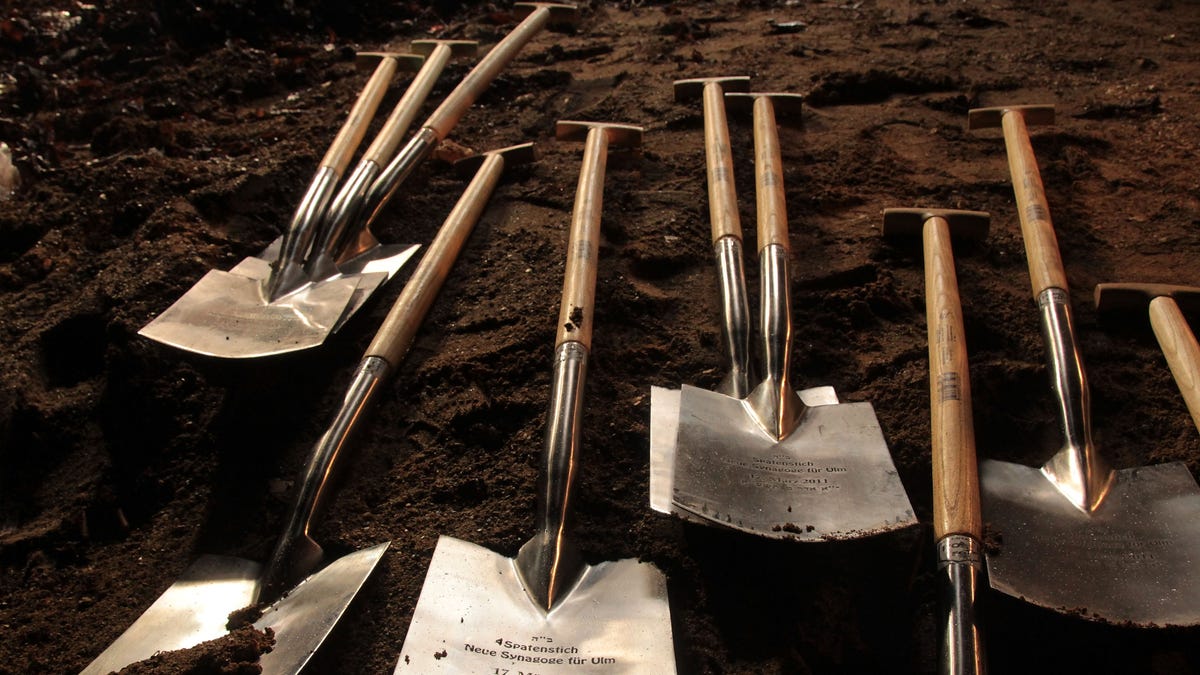
File (Photo by Johannes Simon/Getty Images) (2011 Getty Images)
About 3,500 years ago, when the Bronze Age was ending in Europe and the Olmec civilization was thriving in Mexico, natives in San Antonio were living off the land using primitive tools, as they had been for thousands of years.
Signs of ancient human settlements have been found elsewhere in Texas, some more than 10,000 years old. And now there's evidence that about 1500 B.C. — three millennia before the Spanish Conquest — natives were building structures along the San Antonio River.
In December, workers preparing Mission County Park for construction found evidence of one such building while searching for a previous location of nearby Mission San Jose, which they never located.
What they did uncover — and then reburied after preliminary investigation — were remains of a prehistoric hut that burned down but left significant clues.
The archaeological find, verified by carbon dating, was disclosed to Bexar County commissioners Jan. 10 in a discussion of the ongoing $5.2 million park redevelopment.
Betty Bueche, who manages county facilities, said the structure dates from the Late Archaic Period that spanned from 3000 to 1000 B.C. Evidence is being analyzed by the state archaeologist and the UTSA Center for Archaeological Research.
"It adds to the cultural importance of this park, and it's determined to be the third-oldest-known structure in the state of Texas, so it's in its own category in prehistory. It is at least as important as a mission," Bueche told the court.
Bueche elaborated Jan. 11 on the discovery but declined to disclose its precise location, citing fears of tampering.
"It's all underground. There's nothing to see. We've covered it back up," she said.
Officials are waiting on a second round of carbon dating to establish when the structure burned. Then the state archaeologist will review that information as part of a report being prepared by Steve Tomka, director of the UTSA center. Tomka isn't authorized to disclose his findings, including photographs of the site, until they've been reviewed by the state, Bueche said.
It's not known yet for what the structure was used, and its dimensions aren't certain.
"All we know is that it burned," Bueche said, but even so, the charred remnants could tell tales.
"In that timeframe, the structures that have been found previously are with bent poles, so they formed sort of a domed hut. These were done with upright posts, so this was a method of construction that until this find and the carbon dating that's been done, we didn't know dated that far back," Bueche said.
Few artifacts have been found at the location.
"There were some chips of flint that obviously had come from dart points, but very little. That's the thing — we're at a very preliminary stage" of the investigation, she said.
The county is poised to exploit the discovery as it redevelops the park and completes work on the river's Mission Reach. With further research planned, officials eventually could make the ancient site part of the park's educational programming.
No similar structures have been found in the region, and until now the area's oldest known structures were from the colonial period. In Louisiana, manmade mounds from the Late Archaic era have been preserved.
"We want to illustrate that the occupation of this area extended far earlier than when the Spaniards arrived, and that there is a cultural continuum from the occupation of the Native American groups, to the arrival of the Spaniards, to modern day," Bueche said.
In the meantime, officials hope to preserve what's there and avoid damage from construction and curiosity seekers.
The discovery came as they were using historic records to try to locate and preserve any remnants of an earlier site for the San Jose mission. The current location is believed to be its third. The two previous churches were destroyed by floods.
"We had no idea that we would come across what we have come across," Bueche said.
Based on reporting by the Associated Press.
Follow us on twitter.com/foxnewslatino
Like us at facebook.com/foxnewslatino
